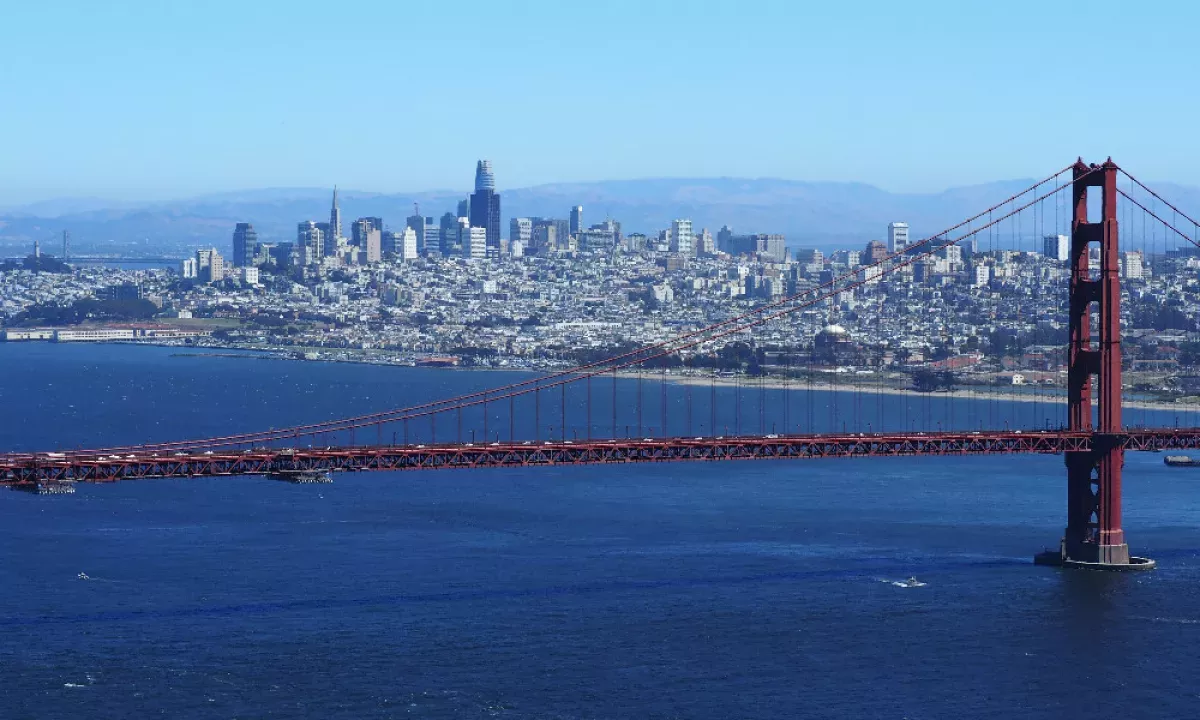San Francisco is a major commercial, financial, and cultural hub in Northern California. As of 2024, its population is approximately 827,526, making it the fourth-most populous city in California and the 17th-most populous in the U.S. With a land area of 46.9 square miles on the San Francisco Peninsula, it's the fifth-most densely populated U.S. county. San Francisco boasts the highest per capita income and ranks sixth in aggregate income among U.S. cities with over 250,000 residents (2023). It's the central city of the 13th-largest metropolitan statistical area in the U.S. (almost 4.6 million residents in 2023) and part of the fifth-largest urban region, with over nine million residents.
Mentioned in this timeline
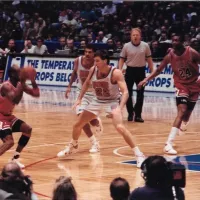
Basketball is a team sport played on a rectangular court...
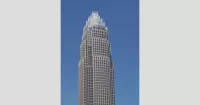
Bank of America is a multinational investment bank and financial...
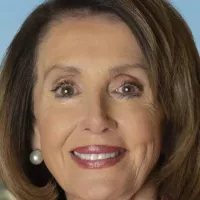
Nancy Pelosi is an American politician notable for being the...
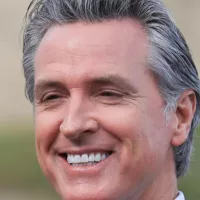
Gavin Newsom is an American politician and businessman currently serving...
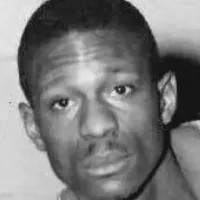
Bill Russell was a dominant American professional basketball player primarily...
CBS is a major American commercial broadcast television and radio...
Trending
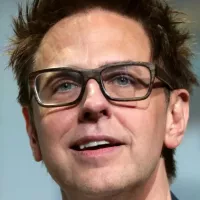
29 days ago James Gunn Plans Superman Sequel Shooting Soon; Teases 'Peacemaker' Role in DCU.
29 days ago Motorcycle crash in Beloit on Cranston Road: Police investigate single-vehicle incident.
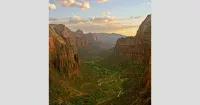
29 days ago Zion: Influencers' Storm, Hidden Trail & East Mesa Hike, Views and Fewer Crowds
29 days ago Qatar Airways and Accenture partner for AI-driven aviation excellence, creating 'AI Skyways'.
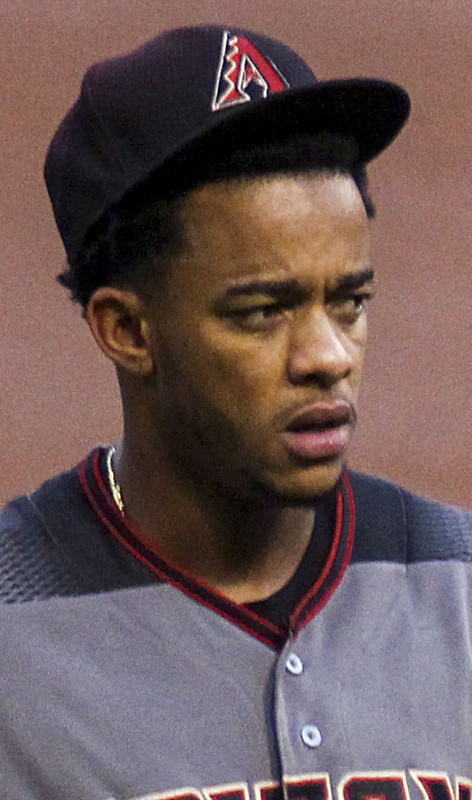
29 days ago Ketel Marte's Absence and Day Off Requests Cause Frustration Among Diamondbacks Teammates
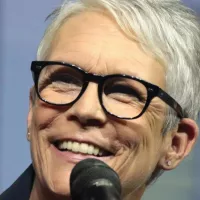
29 days ago Jamie Lee Curtis Celebrates 'Freakier Friday' with Fan Event and Lookalike Screening
Popular
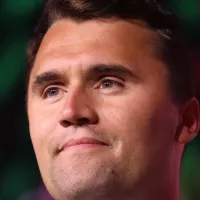
Charlie Kirk is a prominent American conservative activist author and...
Turning Point USA TPUSA is a conservative nonprofit organization founded...
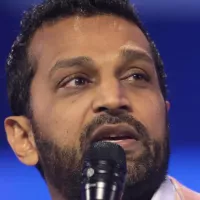
Kash Patel is an American lawyer and former federal prosecutor...

Candace Owens is an American political commentator and author known...

Bernard Sanders is a prominent American politician serving as the...
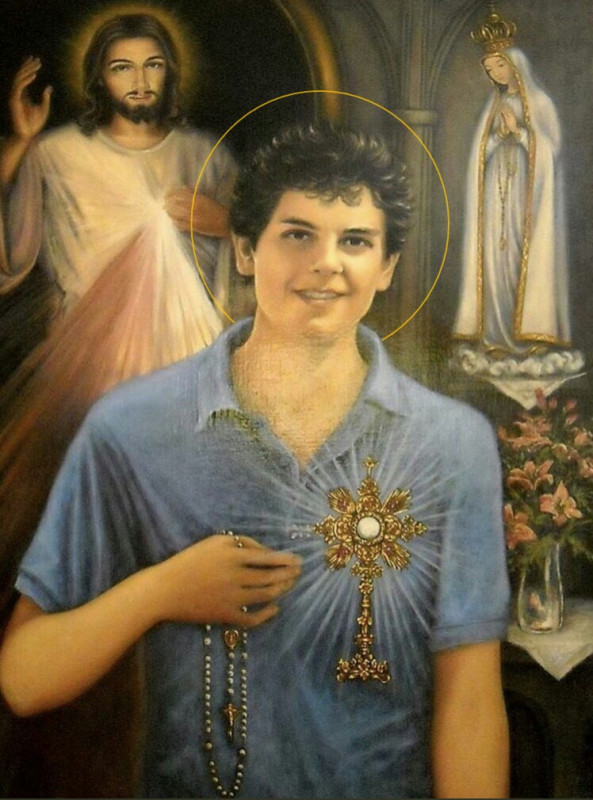
Carlo Acutis was a British-born teenager of Italian ancestry deeply...
